TOP 10 activities to do in Rabat
The city of Rabat, located on Morocco's Atlantic coast, has a deep-rooted history dating back to antiquity. Founded by the Phoenicians in the 8th century BC, it was successively occupied by the Carthaginians and the Romans, bearing the name “Sala Colonia”. With the arrival of Islam in the 7th century, the town became a strategic post, renamed “Rbat” or “Ribat Al Fath”. It was ruled by various Moroccan dynasties, including the Almoravids, Almohads and Merinids, before becoming the seat of government of the French protectorate in the 20th century. After independence in 1956, Rabat was elevated to the status of administrative capital of Morocco, becoming a major political and administrative center while preserving its rich historical heritage, embodied by monuments such as the Kasbah des Oudayas and the Tour Hassan.
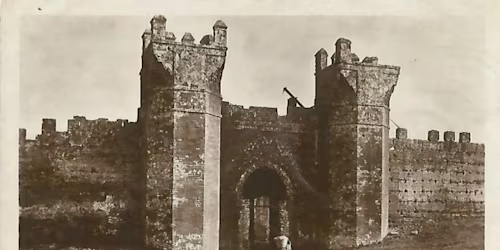
Top 10 activities to do in Rabat
Rabat, in addition to its rich historical heritage, offers visitors a diverse tourist experience. Travelers can explore the Kasbah des Oudayas, an ancient quarter with picturesque alleyways, visit the majestic Tour Hassan and its mausoleum, as well as the sumptuous Mohammed V mausoleum. The city's exotic gardens, such as the Andalusia Gardens and the Bouknadel exotic garden, offer a haven of peace. Rabat's Atlantic coastline offers magnificent beaches, including the Rabat-Salé beach, ideal for relaxing. Art lovers can explore the Museum of Archaeology and Antiquities or the Museum of Contemporary Art. As the administrative and official capital of Morocco, Rabat is also the seat of government and home to numerous embassies, giving it a unique political and administrative atmosphere. This combination of history, culture and modernity makes Rabat a captivating tourist destination in Morocco.
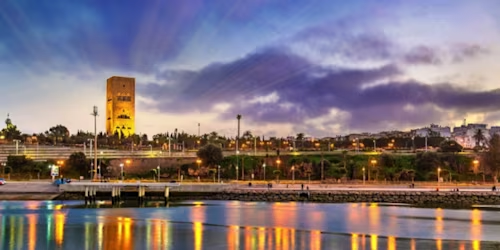
To fully experience Rabat, be sure to rent a car from Thrifty Maroc via the website and pick it up at one of our 2 agencies located in Rabat:
Rabat airport agency
Rabat city center agency
1-The Hassan Tower in Rabat: Witness to Almohad Grandeur
The Hassan Tower is one of the emblematic monuments of Rabat, the capital of Morocco and a UNESCO World Heritage Site. This unfinished tower is the remnant of an ambitious project undertaken by the Almohad sultan Yacoub al-Mansour in the 12th century. His intention was to build the largest mosque in the world at the time, to rival the Great Mosque of Samarra in Iraq. Construction of the mosque began in 1195, but was interrupted when the sultan died in 1199.
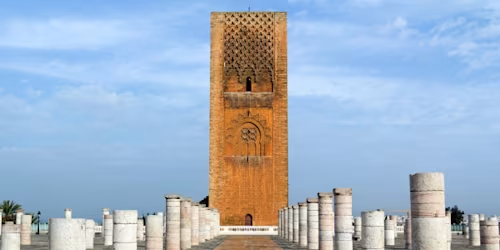
The Hassan Tower, which was to serve as the mosque's minaret, is impressive in its size and design. It reaches a height of around 44 meters, but was supposed to reach around 86 meters when completed, which would have made it the tallest minaret tower in the world at the time. The tower is built of sandstone and decorated with elaborate Islamic ornamental motifs, characteristic of Almohad art.
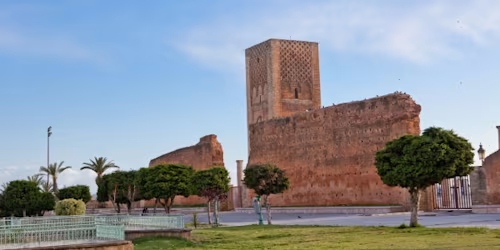
Today, the Tour Hassan is a major historical site and tourist attraction in Rabat. It offers panoramic views of the city from its summit, and is close to the Mohammed V mausoleum and the Oudayas garden, making it a must-see for history and culture buffs on a visit to Rabat.
Also visit the Hassan II Mosque in Casablanca, a destination not to be missed.
2-The Mohammed V Mausoleum in Rabat: A Majestic Tribute to Moroccan Royalty
The Mohammed V Mausoleum is an impressive monument in Rabat, Morocco, housing the tombs of King Mohammed V, King Hassan II (his son) and Prince Moulay Abdellah (his brother). This majestic construction was built to commemorate the memory of Mohammed V, who led Morocco through a key period in its history, notably the attainment of independence in 1956.
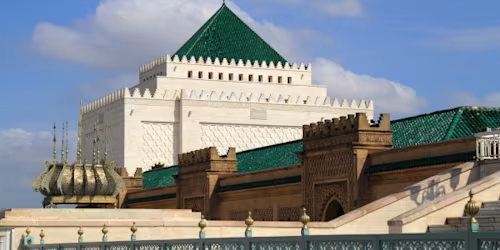
Its exterior is adorned with white Carrara marble, green mosaics and finely crafted bronze grills. The interior is equally impressive, with a prayer room decorated with magnificent traditional motifs.
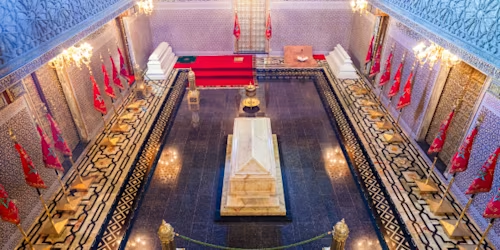
The Mohammed V Mausoleum is a place of meditation for Moroccans, but it's also open to tourists. People can admire the grandiose architecture, sumptuous interior decorations and learn more about the history of Moroccan royalty. The structure is also surrounded by peaceful gardens and offers panoramic views of the city from its terrace.
3-Chellah à Rabat: Un Voyage à Travers les Époques de l'Histoire Marocaine
Nécropole de Chellah, also known as Chellah de Rabat, is a UNESCO World Heritage Site located in Rabat, the capital of Morocco. Chellah's history dates back to antiquity, when the Phoenicians established a colony here. Later, the Carthaginians and Romans occupied the area, giving it the name "Sala Colonia".
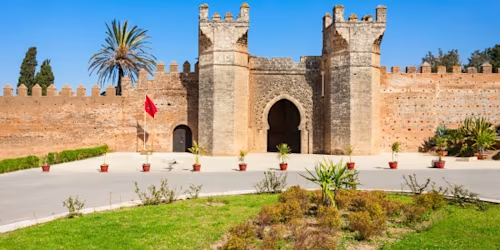
However, Chellah's main distinguishing features are the remains of the medieval Islamic and Almohad town, built on the Roman ruins. Under the Almohad dynasty in the 12th century, Chellah was transformed into an important fortified city. The walls, monumental gates, gardens and remains of public baths bear witness to this period.
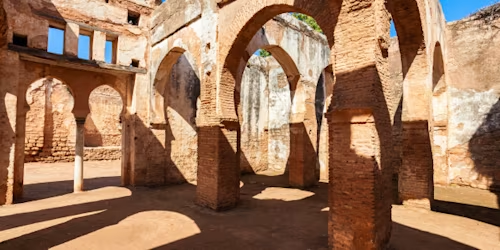
One of Chellah's most remarkable features is its mausoleum, which houses the tomb of King Abu al-Hasan, a Merinid sultana. This corner features elaborate Islamic architecture with carved calligraphic and geometric motifs.
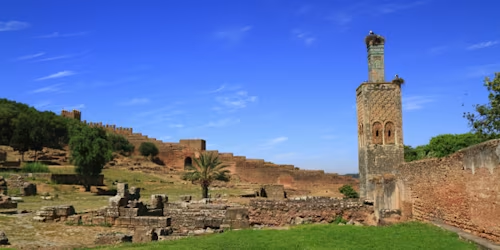
Chellah is today a major archaeological and historical site, as well as one of the most popular places for tourists to visit. In addition to its fascinating ruins, the site is surrounded by lush gardens, creating a peaceful and picturesque atmosphere that makes it a pleasant cultural getaway in Rabat.
4-The Kasbah des Oudayas in Rabat: Morocco's Historical and Cultural Treasure
The Kasbah des Oudayas, often simply called "Oudaya", is a historic district in Rabat, the capital of Morocco and a UNESCO World Heritage Site. This picturesque place is one of the city's most emblematic sites. The Oudaya has a rich history dating back to the 12th century, when the Almohads built a fortress on the site. Later, in the 17th century, the Alawite sultan Moulay Ismaïl developed the area into a residential district.
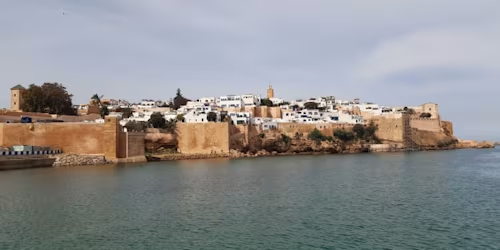
The Kasbah des Oudayas is characterized by its narrow streets, whitewashed walls and blue doors and windows typical of Moorish architecture. Guests can explore the winding streets, visit the peaceful Andalusian garden, and discover cultural treasures such as the Musée des Oudayas.
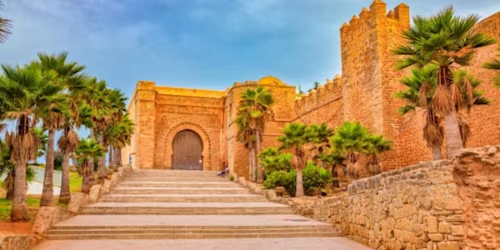
One of Oudaya's most famous attractions is the medina, a market where you can find Moroccan handicrafts, souvenirs and works of art. In addition, the Oudaya offers magnificent panoramic views of the Atlantic Ocean and is often visited for its beautiful promenade along the ramparts.
This historic district is steeped in history and culture, making the Oudaya a must for people coming to Rabat in search of an authentic experience and a glimpse of Moroccan tradition.

This picturesque spot is one of the city's most emblematic sites. Oudaya has a rich history dating back to the 12th century, when the Almohads built a fortress on the site. Later, in the 17th century, the Alawite sultan Moulay Ismaïl developed the area into a residential district.
The Kasbah des Oudayas is characterized by narrow streets, whitewashed walls and blue doors and windows typical of Moorish architecture. Explorers can explore the winding streets, visit the peaceful Andalusian garden, and discover cultural treasures such as the Musée des Oudayas.
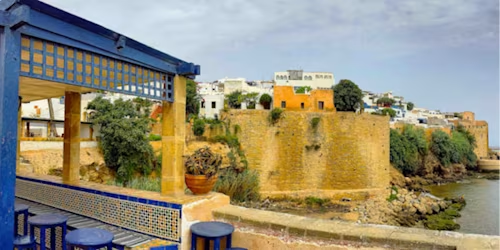
One of the Oudaya's most famous attractions is the medina, a market where you can find Moroccan handicrafts, souvenirs and works of art. In addition, the Oudaya offers magnificent panoramic views of the Atlantic Ocean and is often visited for its beautiful promenade along the ramparts.
5-The Dazzling Medina of Rabat: Journey into Moroccan History and Culture
The ancient medina of Rabat, also known as the Medina de Rabat-Salé, is one of Morocco's best-preserved historic medinas. This old city is a veritable treasure trove of history and culture, listed as a UNESCO World Heritage Site as part of the "Rabat, modern capital and historic city: a shared heritage" site.
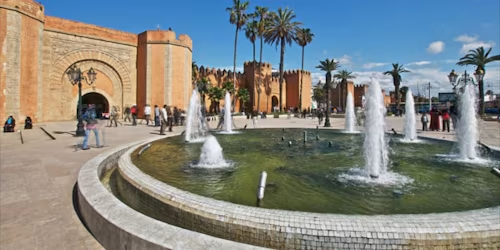
Rabat's medina is a labyrinth of narrow streets, colorful souks, traditional adobe and wooden buildings and historic monuments. Among the medina's most emblematic sites are the Great Mosque, built in the 12th century, and the Medina des Oudayas. The latter is famous for its Kasbah des Oudayas, described above, and for its peaceful Andalusian garden.
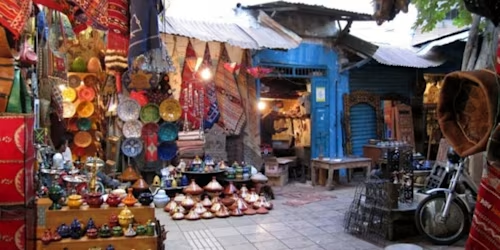
The medina also offers a unique shopping experience, with its traditional souks where you can buy handicrafts, carpets, leather goods, jewelry and much more. It's also a great place to sample traditional Moroccan cuisine in small local restaurants.
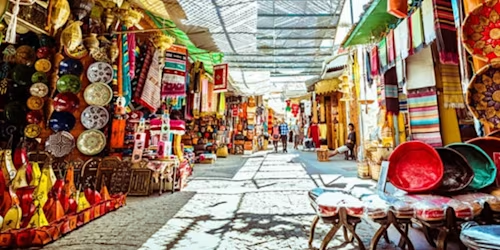
Walking through Rabat's ancient medina is like stepping back in time, with its cobbled streets and whitewashed walls. It's a place where history, tradition and Moroccan daily life come together to offer tourists a unique cultural experience.
6-Cultural exploration at Bab Rouah: A journey through Rabat's history
Bab Rouah is a monumental gateway in the ramparts of the old city of Rabat, Morocco. It was built in 1197 by the Almohad ruler Yaqub al-Mansur and is one of the city's five gates.
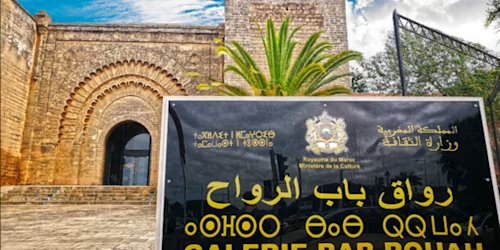
This gate is also known as the "Wind Gate", due to its position facing the coastal winds. It is an imposing structure richly decorated with floral arabesques.
Bab Rouah is not only a magnificent tourist and historical attraction in Rabat, but also a gallery that hosts exhibitions by artists from all over the world.
7-Le Jardin Exotique de Bouknadel: A Botanical Escape in Rabat
The Jardin Exotique de Bouknadel, also known as the "Jardin Exotique de Rabat-Salé", is an enchanting place located in the coastal town of Bouknadel, near Rabat, Morocco. This botanical garden is an oasis of greenery offering visitors an immersion in the world of exotic plants, including cacti, succulents, palms and other fascinating plant species.
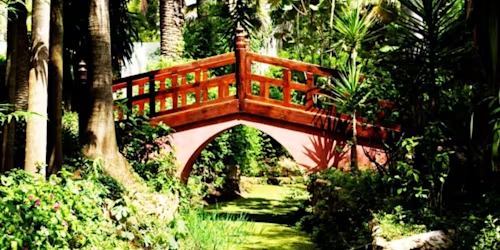
The Jardin Exotique de Bouknadel is an ideal spot for nature lovers and botany enthusiasts. Nature lovers can stroll along well-maintained paths to admire the diversity of plants from the desert and arid regions of the world. Giant cacti, with their astonishing shapes and bright colors, are one of the garden's star attractions.
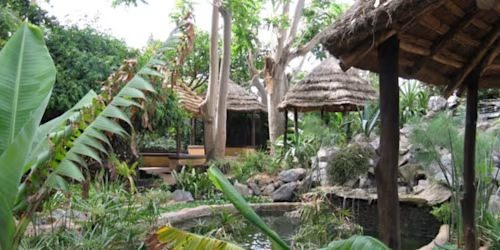
In addition to the beauty of the exotic plants, the garden also offers panoramic views of the Atlantic Ocean, making it a peaceful place to relax and enjoy the scenery.
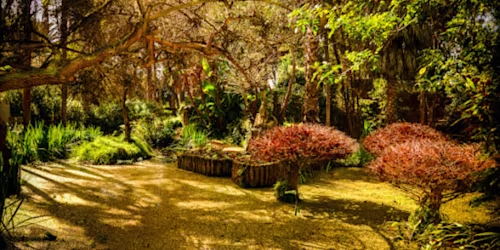
The Jardin Exotique de Bouknadel is a place for preserving plant biodiversity, helping to conserve plant species adapted to arid climates. It is also an educational address, offering information on the different species present and raising visitors' awareness of the importance of protecting the environment.
8-Le Jardin Zoologique de Rabat: A Fascinating Adventure to Discover the World's Fauna
The Jardin Zoologique de Rabat, located in the Moroccan capital, is an emblematic place where the world's fauna comes to life in the heart of the city. Established in 1973 and renovated in 2012, the zoo strives to create an environment conducive to the well-being of the animals, while offering an educational and entertaining experience for visitors.

This wildlife park is home to a vast collection of animals from the four corners of the globe, ranging from majestic big cats such as lions and tigers to exotic creatures such as giraffes, monkeys and even fascinating reptiles. Each species is housed in spacious enclosures designed to recreate their natural habitat as closely as possible, thus promoting their well-being.
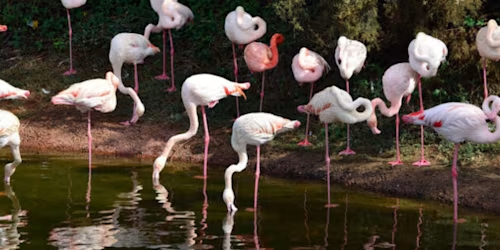
One of the main missions of the Rabat Zoological Garden is to conserve wildlife and raise public awareness of the importance of preserving biodiversity. The park actively participates in captive breeding programs for endangered species, helping to safeguard these vulnerable animals.
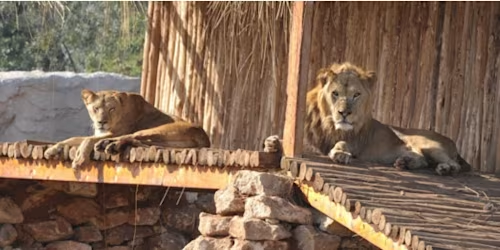
For visitors, the zoo also offers a unique opportunity to learn more about the world's wildlife. Instructive information panels dot the park, providing details on the species present, their natural habitats and the challenges they face in the wild.
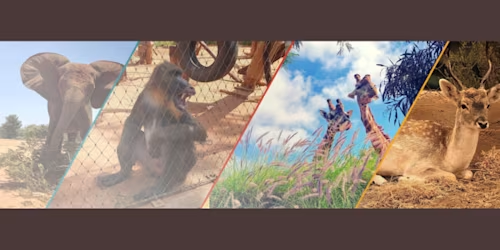
The Rabat Zoological Garden is a place of leisure and education, ideal for families, students and nature lovers. It is open all year round, offering visitors an opportunity to discover the richness of animal life while contributing to the conservation of our planet.
9-Le Théâtre Mohammed VI, orphelin de Zaha Hadid : Une Œuvre d'Art Architecturale à Rabat
The Théâtre Mohammed VI, designed by renowned architect Zaha Hadid, is an architectural masterpiece located in Rabat, Morocco. Inaugurated in 2014, it perfectly embodies Hadid's bold, avant-garde approach to design. This iconic building stands out for its fluid, organic form, characteristic of Hadid's style. Its graceful curves and elegant lines create a captivating, futuristic aesthetic that contrasts with the city's traditional architecture.
The Théâtre Mohammed VI is built using modern materials such as concrete, glass and steel, enabling the structure to blend harmoniously into its surroundings while displaying a resolutely contemporary look. The interior of the theater offers an equally impressive experience, with versatile spaces designed to host a variety of cultural events, from theatrical performances to concerts, art exhibitions and conferences.
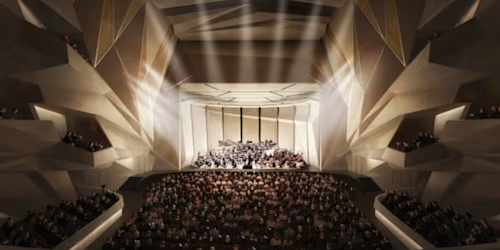
This major cultural venue reflects Morocco's commitment to promoting arts and culture, while celebrating Zaha Hadid's architectural ingenuity. The Théâtre Mohammed VI is much more than just a building; it embodies the intersection between contemporary creativity and Morocco's rich cultural tradition, making it a powerful symbol of cultural evolution and diversity in Morocco and around the world.
10-Discover Rabat's Cultural Treasures: Explore its Fascinating Museums
Rabat, the historic capital of Morocco, is a city brimming with cultural treasures to explore. One of the must-do experiences when visiting Rabat is to discover its fascinating museums. Museums rich in history, art and culture await you, offering a captivating glimpse into the history of Morocco. From archaeological museums to contemporary art exhibitions and collections dedicated to crafts and Berber culture, there's something for everyone. Rabat's museums allow you to delve deeply into the soul of this city rich in tradition and know-how, and to understand its unique cultural heritage. So take the time to visit these cultural treasures and be inspired by Rabat's exceptional heritage.
The Musée Mohammed VI d'Art Moderne et Contemporain in Rabat:
The Musée Mohammed VI d'Art Moderne et Contemporain in Rabat is a cultural treasure trove for contemporary art lovers. Nestled in a modern, elegant building, the museum offers a captivating immersion in the world of contemporary art, both Moroccan and international. Its vast collections include an impressive diversity of works, from painting and sculpture to digital media and installations, enabling visitors to discover the evolution of modern art. The museum also offers dynamic temporary exhibitions showcasing both emerging talent and renowned artists. With its commitment to arts education and its role as a cultural catalyst, the MMVI is a must for any cultural visit to Rabat, offering an enriching experience for art lovers of all backgrounds.
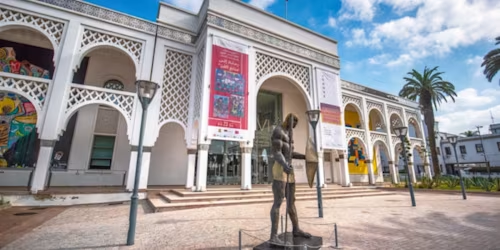
Rabat Archaeological Museum:
The Rabat Archaeological Museum is a gateway to Morocco's rich and diverse past. Located in the old town of Rabat, this captivating museum houses a vast collection of historical artifacts, ancient jewelry, ceramics, sculptures and other archaeological treasures that bear witness to the region's rich history, dating from pre-Islamic times to Islamic times and beyond. Visitors can explore the remains of various civilizations that left their mark on Moroccan territory, including the Romans and Phoenicians. The museum offers a fascinating journey through the ages, giving visitors a better understanding of Morocco's cultural and historical evolution. It's a must for archaeology enthusiasts and history buffs keen to explore the deep roots of this enchanting country.

The Sira Annabaouiya Museum in Rabat:
The Sira Annabaouiya Museum in Rabat is an exceptional place dedicated to the life and teachings of the Prophet Muhammad (peace be upon him). Located in Rabat's historic medina, the museum offers visitors a unique cultural and spiritual experience. It houses a precious collection of artifacts, ancient manuscripts, Islamic calligraphy and historical objects linked to the life of the Prophet. Exhibits highlight Islamic teachings, religious practices and values, offering a deeper understanding of Islam. The museum also serves as a place of education and meditation for visitors, fostering cross-cultural understanding and promoting peace. It is a place of contemplation and reflection for those seeking a better understanding of the life and legacy of the Prophet Muhammad.
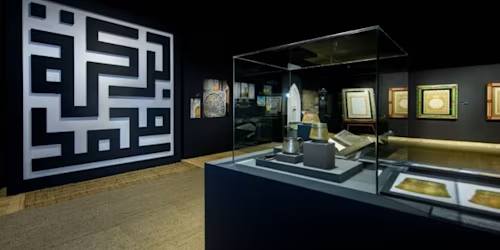
Visit Sidi Boughaba again: A Natural Escape near Rabat
Located close to Rabat, Sidi Boughaba is a natural treasure prized by locals and visitors alike in search of tranquillity and coastal beauty. This picturesque beach offers an ideal escape from the hustle and bustle of the city. Its golden sands stretch along the Atlantic Ocean, providing the perfect setting for relaxation, swimming and outdoor recreation.
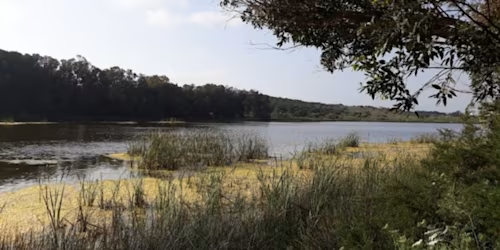
One of the outstanding features of Sidi Boughaba is the relative tranquility of its waters, making it a safe place for families and swimmers alike. Visitors can enjoy refreshing swims and soak up the sun on the warm sand. Water sports enthusiasts will also find plenty to do here, with opportunities for surfing and bodyboarding. For those wishing to try their hand at these activities, there are surf schools on site.
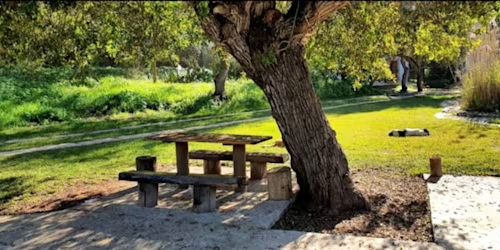
In addition to the pleasures of the beach, Sidi Boughaba offers an escape to an unspoilt natural environment. Its sand dunes and captivating coastal landscapes invite you to take a relaxing stroll. You can observe the local fauna, including the seabirds that populate the area. Sidi Boughaba's peaceful atmosphere makes it an ideal retreat to recharge your batteries, meditate and enjoy the natural beauty of coastal Morocco. For those in search of tranquility and a rejuvenating break in a breathtaking natural setting, Sidi Boughaba is a not-to-be-missed destination on the outskirts of Rabat.
Other places to explore in Rabat:
Mahaj Riad: a luxurious district home to top-class restaurants
Rabat Marina a fascinating place overlooking the Bouregreg river
Arribat center: a wonderful shopping center for shopping lovers
Tour Mohamed VI highest tower in Africa
Oulja Potters Complex
Plage des Nations
Bouznika Kasbah
Méga Mall a shopping center home to several group activities such as bowling and ice skating
Cathédrale Saint Pierre at place El Joulane in Rabat
Pont Mohamed VI